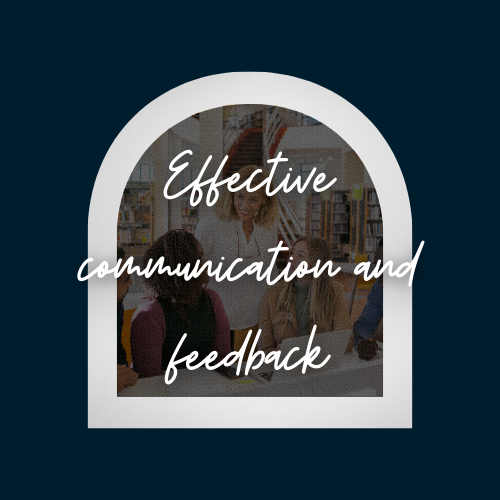
Effective online courses rely heavily on clear communication. Without body language cues, your written or spoken messages must be precise.

In the previous post, Strategies and Techniques for Online Teaching – Part 2, we learned that engagement is the cornerstone of impactful teaching. When students are engaged and committed to their studies, genuine learning occurs. Online educators must surpass mere content delivery to craft a vibrant, interactive learning journey that resonates with students even after they disconnect.
Today, we’ll talk about effective communication and feedback with your online students.

Effective online courses rely heavily on clear communication. Without body language cues, your written or spoken messages must be precise. Furthermore, providing prompt and constructive feedback is crucial for motivating students and fostering their success.
From day one, students need to know how to contact you and your expected response time. Encourage questions and discussions through multiple channels like email, discussion boards, and online office hours. Regular updates and reminders keep everyone on the same page and reinforce the sense of community in your digital classroom.
Technology can streamline communication, but use it judiciously. Too many platforms can lead to a scattered experience for students. Instead, choose a few tools that will work best for different types of interactions and make those your primary means of communication.
Feedback should identify areas for improvement and provide a pathway to success. Use rubrics and model examples where possible. Tailor feedback to the individual student, highlighting their strengths and offering tools for growth.
Timely feedback is vital in online learning, where students often work independently. Don’t wait weeks to grade papers or return assignments. Additionally, don’t underestimate the power of positive feedback—students need to know when they’re on the right track.


